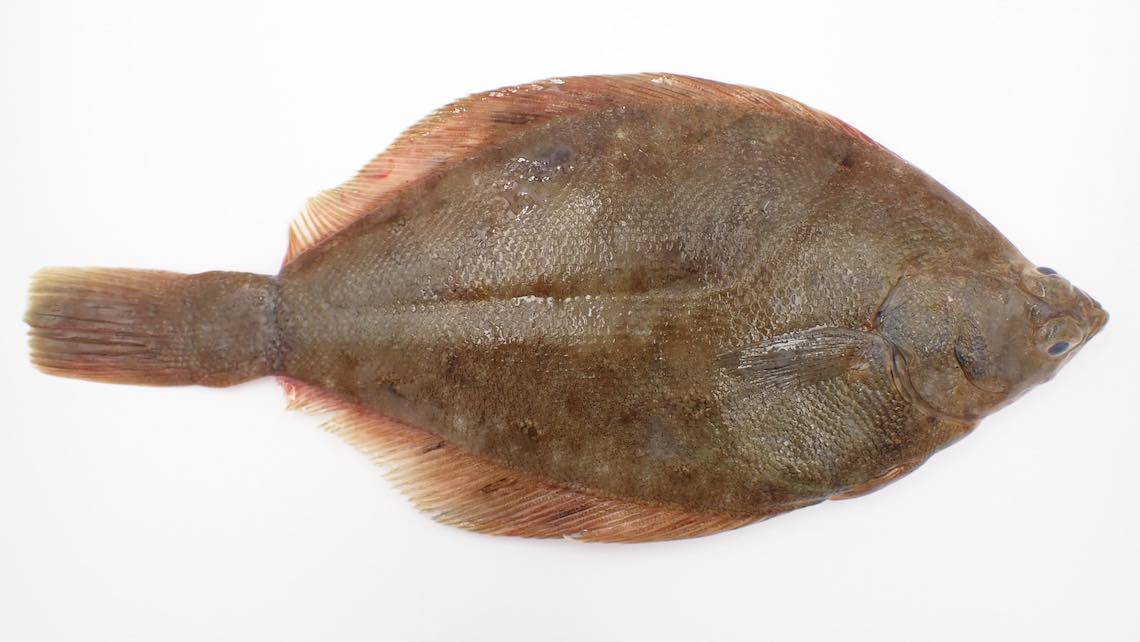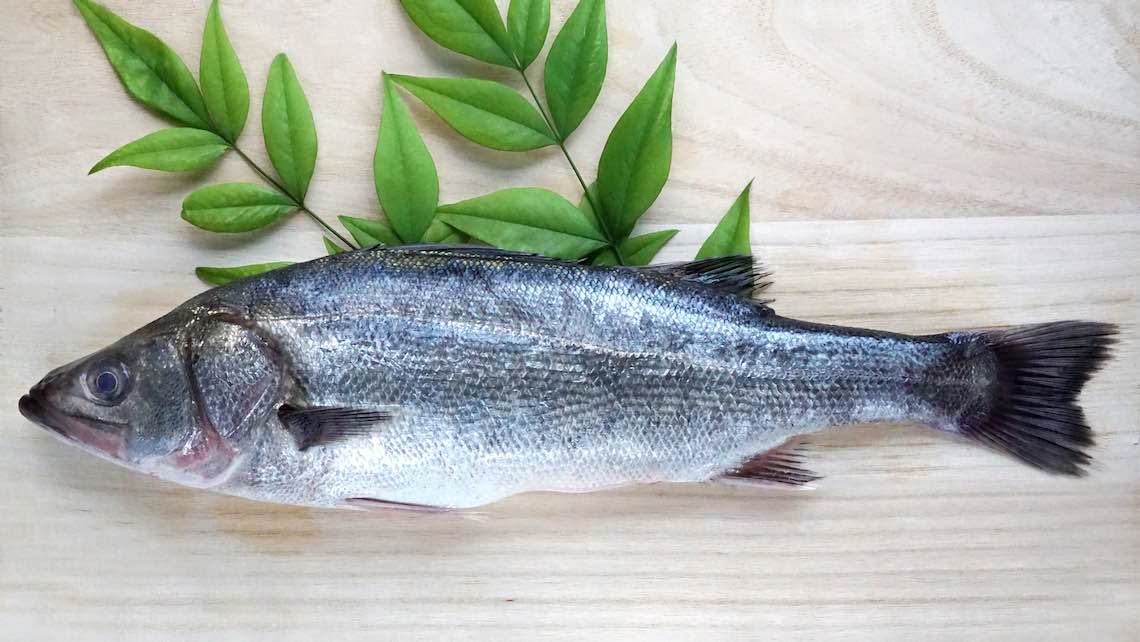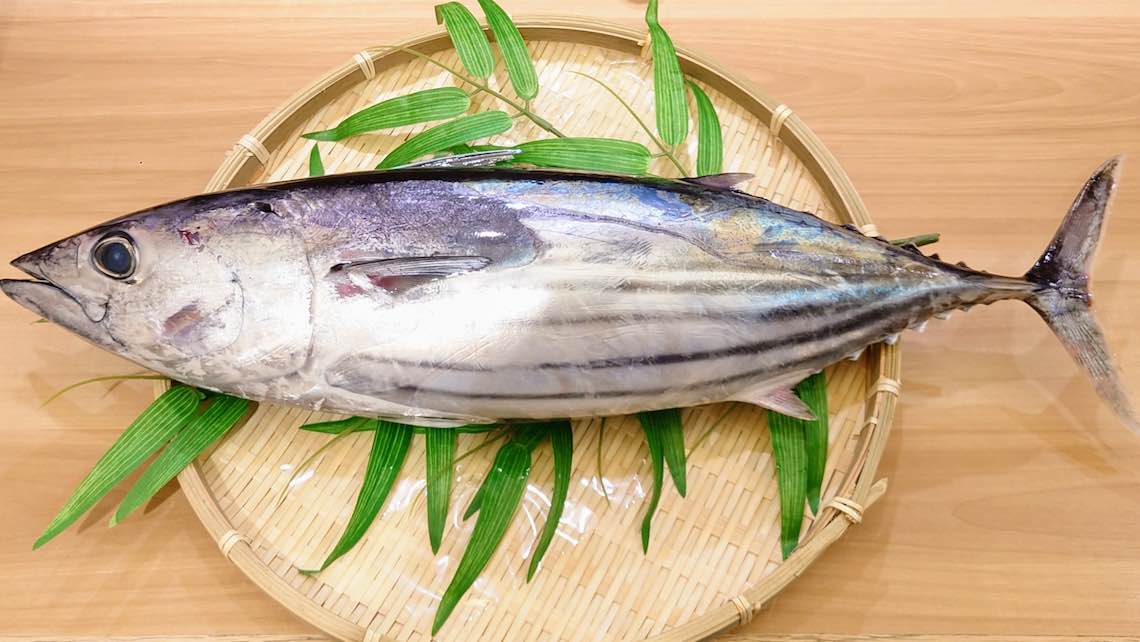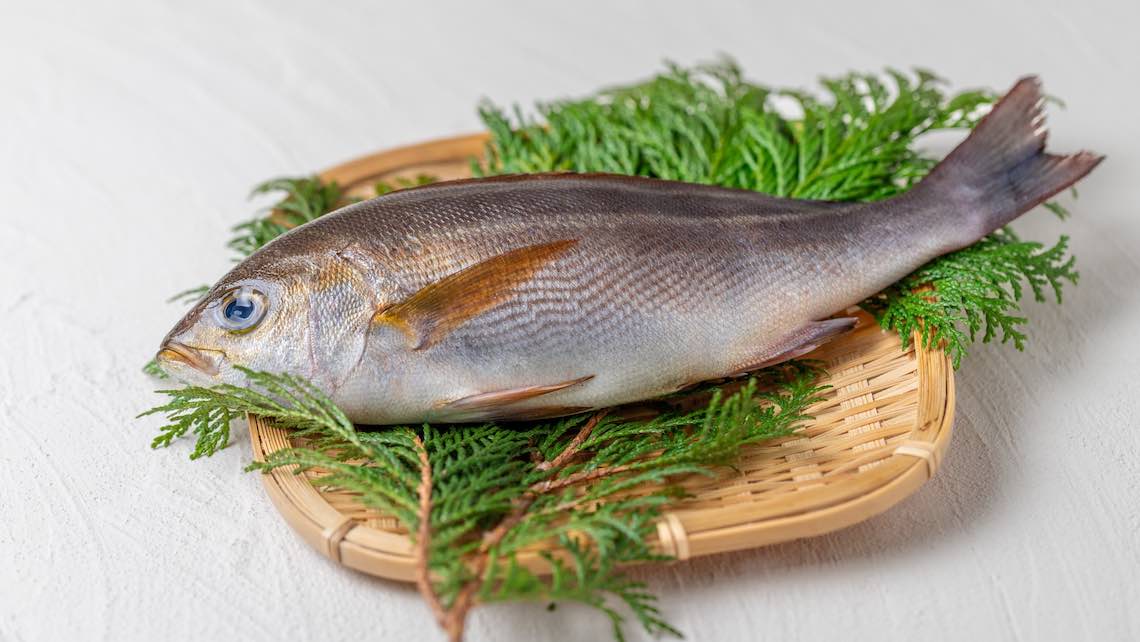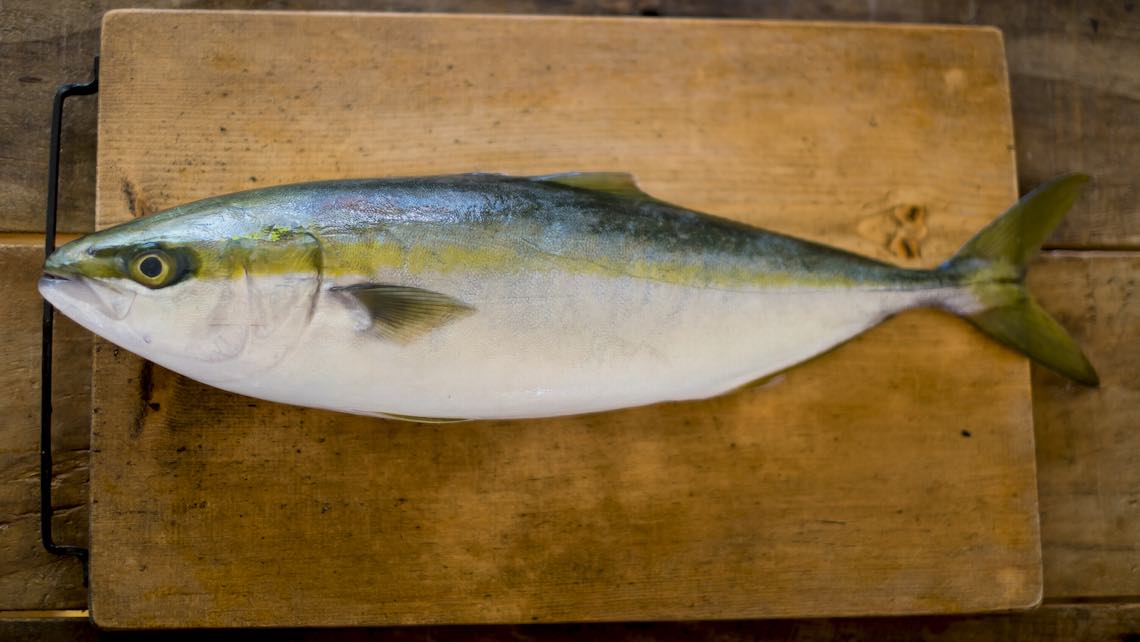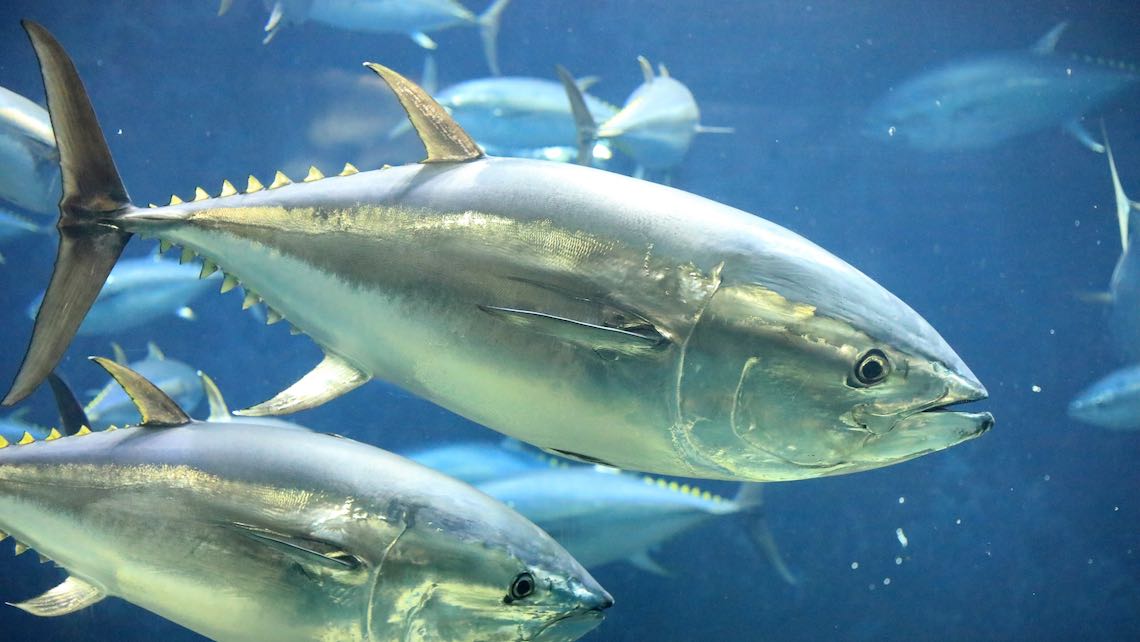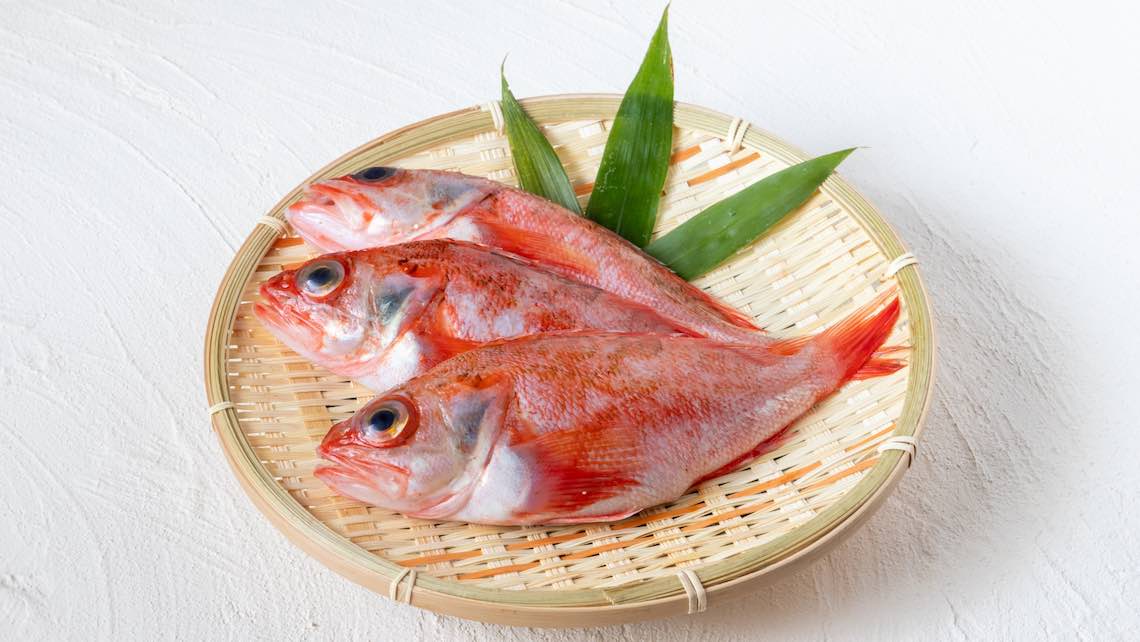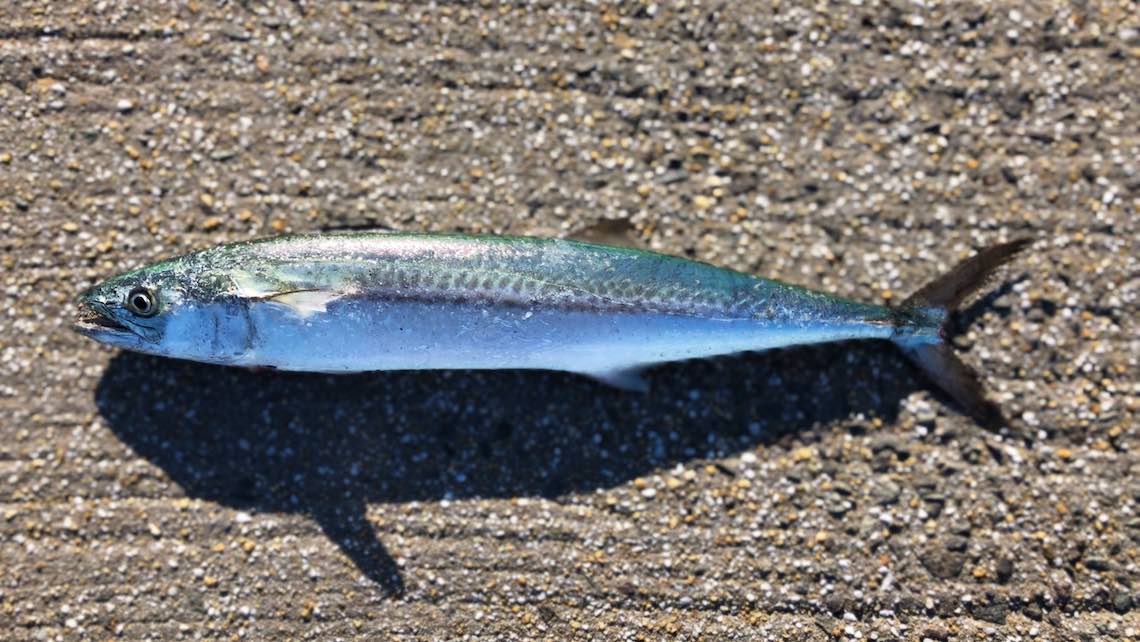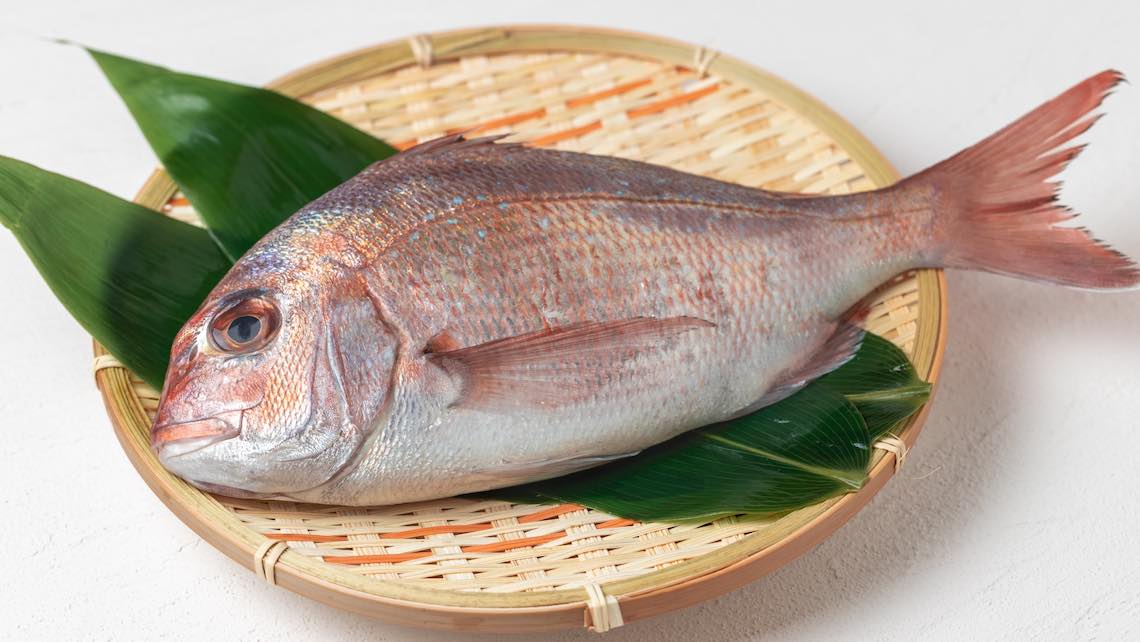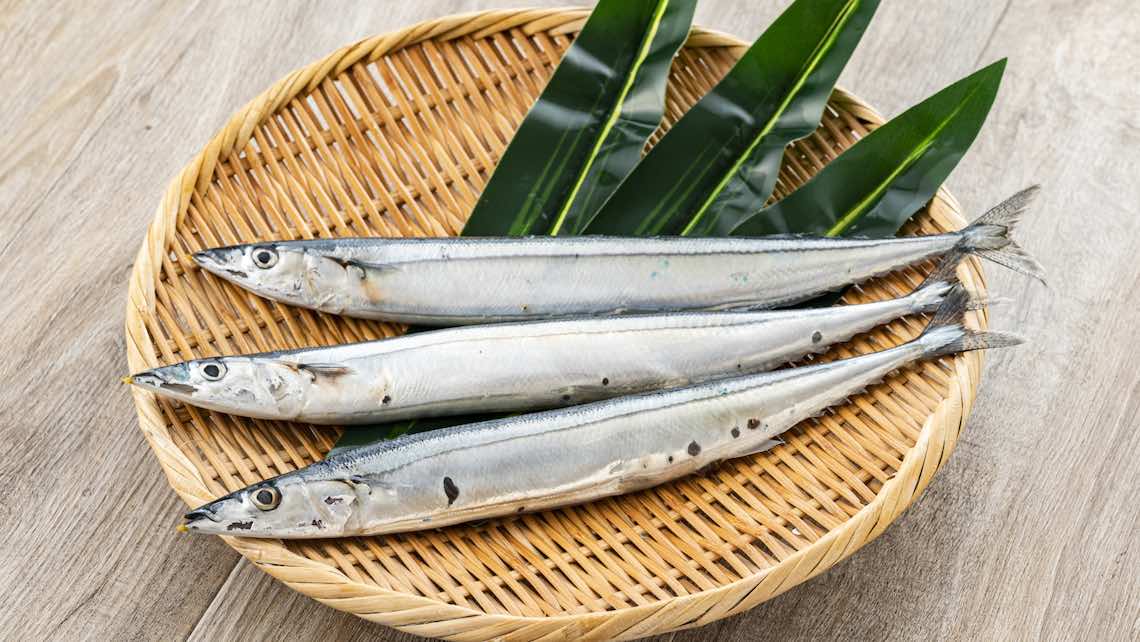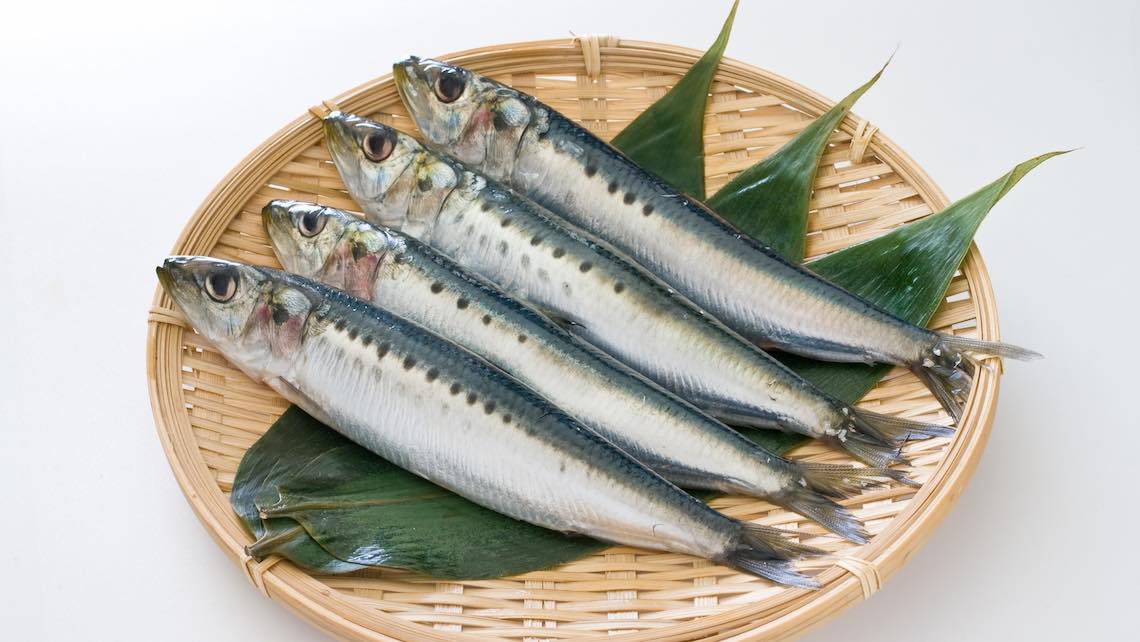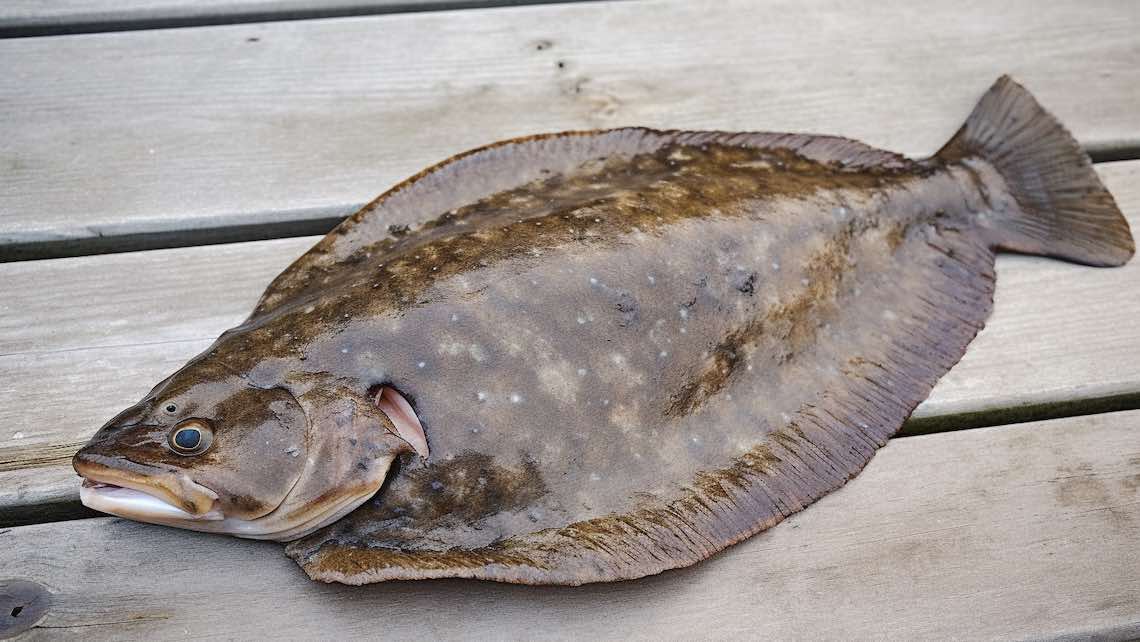Yellowtail [Buri]
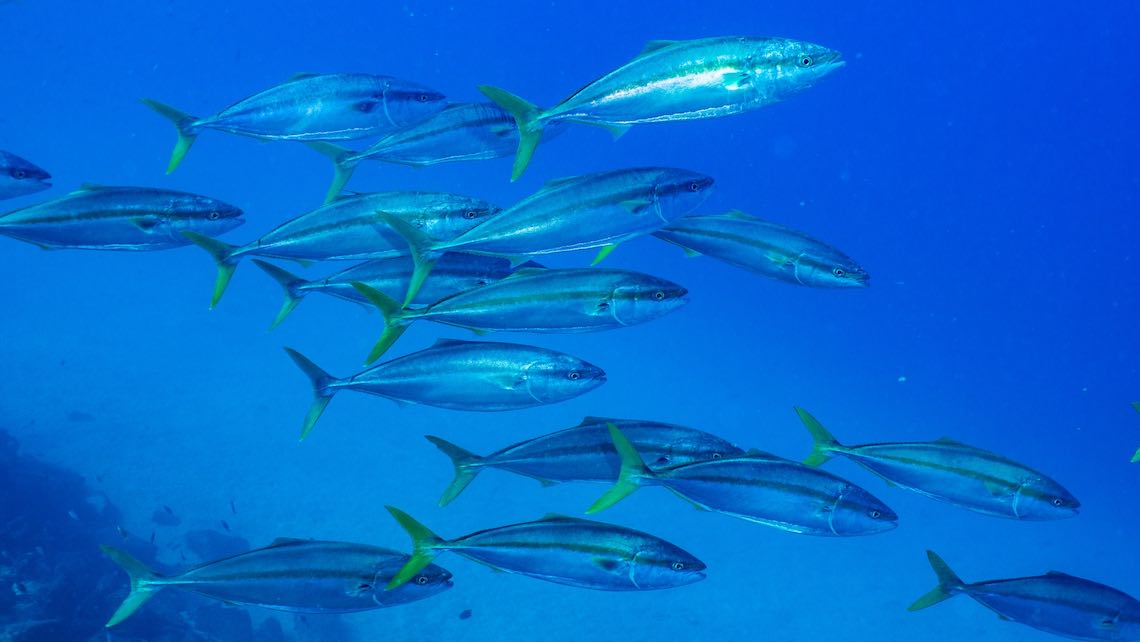
Japanese Name and Pronunciation:

[buri]
Buri, known as adult Yellowtail in Japan, possesses distinct characteristics and seasonal variations when compared to Hamachi (Medium-Sized Yellowtail).
In terms of differences, Buri is the matured form of Yellowtail, while Hamachi refers to the younger fish. As Buri reaches adulthood, its size and texture change. Buri is larger and firmer compared to the more tender and delicate Hamachi. The meat of Buri also tends to have a richer flavor and a stronger, more pronounced taste.
Regarding seasonality, Buri is typically available during the winter months in Japan, from November to March. This period is considered the peak season for Buri, as the fish reaches its highest quality and flavor during colder temperatures. The colder water promotes the accumulation of fat in the Yellowtail, enhancing its taste and texture.
Both Buri and Hamachi have their unique appeal and are celebrated in Japanese cuisine. Buri’s larger size, firm texture, and robust flavor make it suitable for various cooking methods, such as grilling, simmering or sushi, particularly during the winter months. Hamachi, with its milder flavor and delicate texture, shines in dishes like sushi, sashimi, and other raw preparations.
Whether enjoying the hearty and flavorful Buri during the winter or savoring the tender and refined Hamachi in the summer, both fish exemplify the diversity and seasonal variations found within Yellowtail cuisine in Japan.
![Yellowtail Sushi [Buri]](https://itadakimasu-japan.com/wp-content/uploads/2023/07/buri_sushi-320x180.jpeg)

